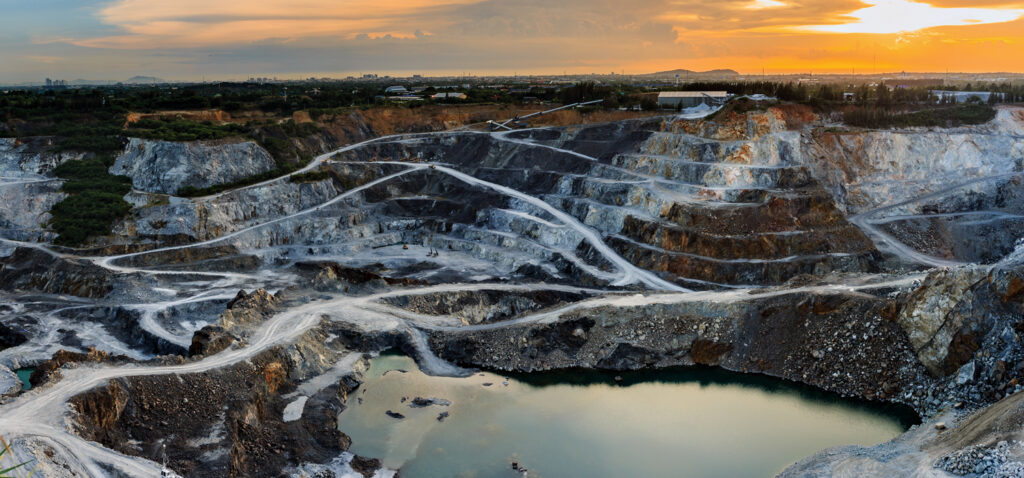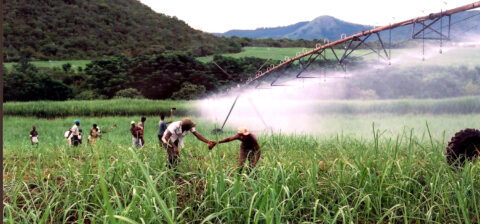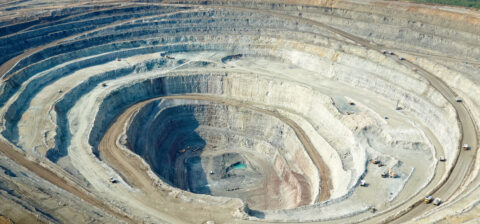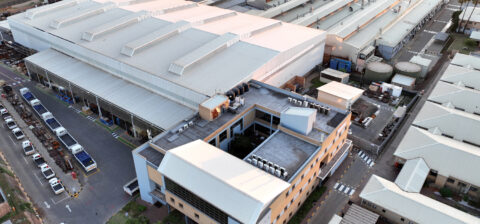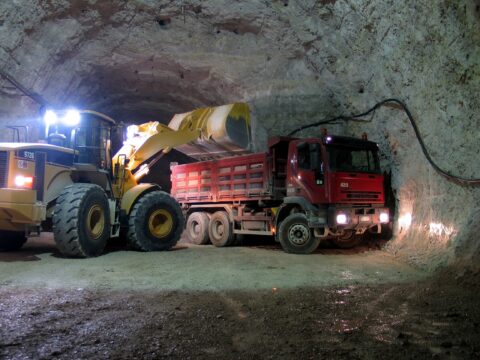SA Mining
The Junior Miner Conundrum
Junior miners play a critical role in mineral exploration. According to a report by the Junior and Emerging Miners’ Desk, junior miners hold a significant share of mining titles in South Africa – primarily prospecting rights and mining permits. Despite this, exploration in South Africa continues to lag behind.
There is little doubt that juniors are struggling to progress exploration to project development, and are lagging behind the global exploration curve, owing to a number of challenges.
These include the slow processing of mining title applications, logistics inefficiencies, complying with the complex and rapidly evolving regulatory landscape, and the lack of investment and capital funding.
Processing of applications
According to Zinzi Lawrence, a senior associate at ENS, it is essential to accelerate the processing of applications for mining titles.
“A key step in this direction is the anticipated rollout of the new cadastral system in June 2025, which will provide detailed information about mining areas, such as the current mining title holders, the expiration dates of mining titles, as well as the location and borders of said titles,” she says.
“This system is designed to improve transparency and reduce delays in the approval of mining titles. Additionally, streamlining the regulatory and legal framework is crucial, in order to better support junior miners.”
For example, notes Lawrence, The Department of Mineral and Petroleum Resources (DMPR) inconsistent approach to empowerment, in respect of prospecting rights, significantly impedes junior miners from procuring prospecting rights and commencing with exploration.
“In addition to licensing hurdles, junior miners frequently face challenges related to limited access to infrastructure and geological data. To mitigate this, the Geoscience Act Regulations – published in 2022 with the aim of promoting mineral exploration, knowledge and investment in South Africa – will play a key role and must be fully implemented.
“In order to overcome the above-mentioned challenges, it is crucial for juniors to enter into shared-use agreements with larger mining companies, enabling them to leverage existing infrastructure and resources. As regards funding, more initiatives like the Junior Mining Exploration Fund, which launched in 2024, are needed,” she says.
Investment and exploration
Her fellow senior associate, Dorencia Pillay, indicates that in order to attract investment, junior miners must ensure they are in possession of valid mining titles and key environmental related permits. For example, one of the key requirements for eligibility for funding from the Junior Mining Exploration Fund is possession of a valid prospecting right.
“It is also undeniable that investors are increasingly drawn to projects linked to the green economy, and juniors who target these minerals are more likely to secure support and visibility, both domestically and internationally,” she says.
“Junior miners should also explore royalty and streaming agreements, by selling a portion of future production at a discounted rate, in exchange for upfront funding. This will enable juniors to raise capital without taking on debt and diluting equity.”
In deriving value from green metals, the issue is that they require primary processing infrastructure. The old paradigm of sending metals offshore for processing must not be resorted to, she continues.
“Instead, the challenge for policymakers and government is to capture a local beneficiation market in respect of green metals. This will create opportunities for junior miners.
“The 2024 Junior Indaba highlighted the need for collaboration between key policymakers, investors and mining houses, recognising it as a vital component in supporting the growth and success of junior miners.
“South Africa has large reserves of critical minerals. These critical mineral deposits give the country a significant advantage. Junior miners, which are often on the cutting edge of exploration, will play a key role in locating these mineral deposits.”
In addition, she says, juniors must focus on tackling niche markets, while managing their operating costs. To do this, “it is absolutely crucial that juniors hold valid mining titles and ensure compliance with the applicable mining and
environmental laws”.
Health and safety
Darryn Jacobus, another senior associate at ENS, points out that junior miners, often backed by venture capital and driven by high geological risk, are instrumental in the early stages of mineral exploration and evaluating new mineral deposits, long before full-scale mining operations commence.
“Junior miners are required to comply with health and safety obligations, which may be challenging depending on the size of the operations. One key challenge is compliance with the Mine Health and Safety Act (MHSA), 29 of 1996, and the regulations binding thereunder,” he says.
“The MHSA imposes a vast number of duties on employers to provide, as far as reasonably practicable, a working environment that is safe and without risk to the health of employees.”
These duties, notes Jacobus, are extensive and include, among others: mandatory risk assessments; provision of training; the appointment of competent managerial and supervisory personnel; and compliance with technical standards set out in the MHSA and the regulations binding thereunder.
“For junior miners, whose financial and human resource capacity is often constrained, the implementation of such comprehensive requirements poses a substantial challenge. Junior miners may not have the capital to employ dedicated health and safety officers or to invest in sophisticated safety systems.
“Overcoming health and safety challenges as a junior miner in South Africa requires proactive planning, partnerships, and practical compliance strategies. Even small teams must be encouraged to see health safety as a priority. Owners, managers, and project leaders must model safety behaviour,” he says.
It is critically important for junior miners to develop clear and unambiguous safety standards, procedures and rules tailored to exploration activities and ensure the implementation thereof.
“The implementation of a health and safety management system that applies to the operations and complies with legislative requirements is key to safeguarding junior miners both legislatively and reputationally,” says Jacobus.
Compliance and sustainability
Senior associate Bianca Nolan says an employer who fails to comply with any provision of the MHSA commits an offence. In addition, non-compliance may lead to the imposition of an administrative fine of up to R1 000 000.
“Additionally, non-compliance can result in lost time, serious and even fatal injuries to employees or other persons who come into contact with the operations of the junior miner. It could also lead to compliance and/or closure notices being issued by the Mine Health and Safety Inspectorate of the DMRE,” she says.
“Sustainability may also be impacted when there is a failure to comply with the MHSA and its regulations. For example, accidents and/or incidents involving the handling and storage of chemicals used in mining processes – such as cyanide or mercury – can contaminate water sources and soil.”
Potential financial and/or reputational harm may also result from a failure to comply with the MHSA and its regulations, suggests Nolan. For example, if production is halted for extended periods of time, due to safety-related failures and non-compliance, any small-scale operation like a junior will find its profitability and sustainability impacted. Moreover, this may simultaneously cause reputational harm, affecting its ability to attract future investment.
“It is therefore vital that a junior miner establishes the health and safety obligations applicable to it in terms of the MHSA and its regulations, and implements, from the outset, a functional health and safety management system.”
Once a junior miner has created a strong health and safety foundation from which to conduct its operations, “it will create a more sustainable and profitable work environment”, she says.
